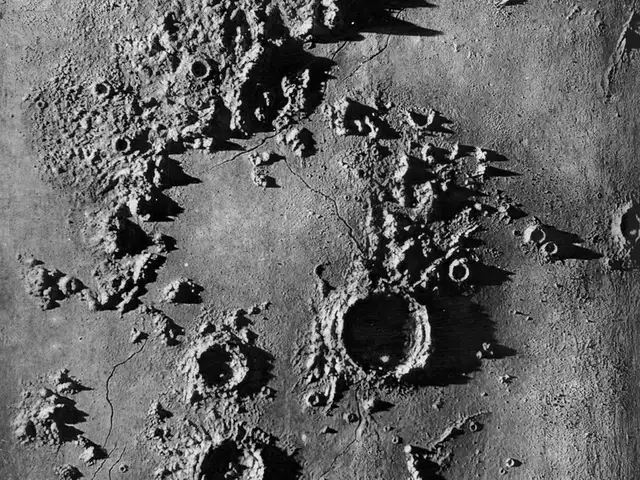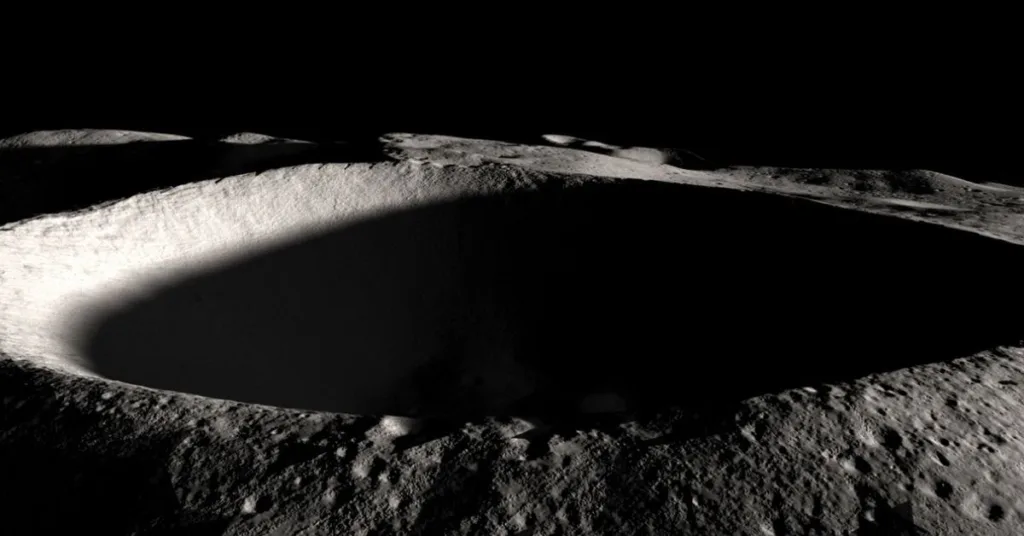Chandrayaan-3, India’s third lunar mission, embarks on an extraordinary endeavor as it aims to achieve a soft-landing near the lunar south pole. Launching from Sriharikota on July 14 at 2.35 pm, this mission follows the valuable lessons learned from the partially failed Chandrayaan-2 mission of 2019.
Previous Spacecraft’s Avoidance of the Lunar South Pole

Previous spacecraft missions primarily focused on the Moon’s equatorial region due to its favorable conditions, including even terrain, limited slopes, and ample sunlight for solar-powered instruments. In contrast, the lunar south pole poses unique challenges, such as extreme temperature variations and vast craters, which made it an uncharted territory for previous missions.
Why do scientists want to explore the lunar south pole?

Scientists are drawn to the lunar south pole, a region that has remained largely unexplored due to its rugged environment. Orbiter missions have uncovered compelling evidence that these polar areas hold immense scientific interest. Deep craters in this region show indications of substantial ice molecule presence, as revealed by India’s Chandrayaan-1 mission in 2008, which detected water on the lunar surface with its onboard instruments. The freezing temperatures of the lunar north and south poles hold tantalizing possibilities for scientific exploration. The perpetual cold ensures that materials trapped in these regions remain unchanged over time, offering invaluable insights into the early Solar System. The rocks and soil of the Moon’s polar regions may hold crucial clues that could deepen our understanding of our cosmic origins.
Secrets of Permanently Shadowed Regions (PSRs)

A noteworthy characteristic of the lunar south pole lies in the presence of Permanently Shadowed Regions (PSRs). These perpetually dark areas, untouched by sunlight due to unique lunar geometry, hold the potential to preserve ancient materials and offer invaluable insights into the Moon’s history and the evolution of the Solar System.
By venturing into the lunar south pole, Chandrayaan-3 paves the way for unraveling the mysteries that lie within this enigmatic region. Its bold mission promises to uncover remarkable scientific revelations, enhancing humanity’s knowledge of the Moon and our cosmic surroundings.